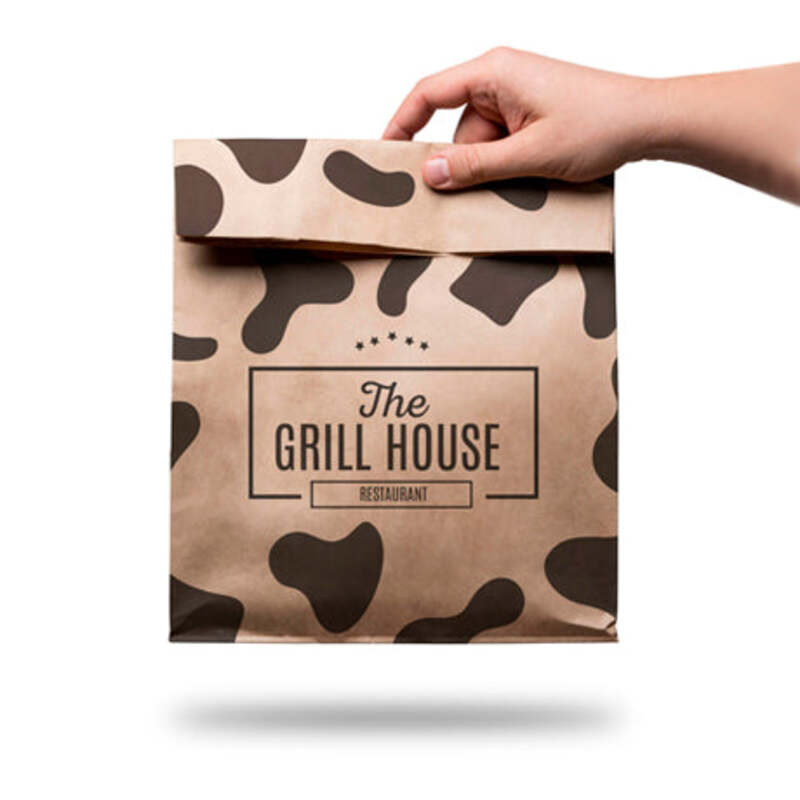- Introduction: Understanding the Importance of Parchment and Baking Paper
- Technical Advantages and Material Insights
- Comparing Leading Manufacturers: Performance and Reliability
- Customization Options and Innovative Solutions
- Real-World Applications: Case Studies and Practical Benefits
- Environmental Impact and Safe Usage Considerations
- Conclusion: The Future of Parchment and Baking Paper for Modern Baking

(parchment and baking paper)
Introduction: The Role of Parchment and Baking Paper in Contemporary Baking
Baking, both at home and in industrial kitchens, relies heavily on the right materials to ensure consistency, safety, and efficiency. Among the most indispensable tools are parchment and baking paper
, including variants such as parchment greaseproof paper and innovative Paper Baking Moulds. Their global market was valued at over $800 million in 2023, with rising adoption due to increased home baking trends. This rising popularity is a testament to their capacity for delivering non-stick performance, heat resistance, and food-safe solutions. In this analysis, we explore their advantages, compare leading suppliers, and offer actionable insights for buyers seeking optimal baking experiences.
Technical Advantages and Material Insights
Parchment and baking paper stand out due to specialized manufacturing processes that enhance their utility. Standard parchment paper is created by treating cellulose-based paper with sulfuric acid, which not only improves moisture resistance but also increases temperature tolerance (usually up to 230°C or 445°F). In contrast, greaseproof paper undergoes a refining process to minimize porosity, making it ideal for separating oily or moist foods.
Key technical benefits:
- Release properties: Reduces or eliminates the need for greasing pans, resulting in less additional fat and lower clean-up costs.
- Temperature stability: Handles persistent heat up to 450°F (232°C) for extended durations.
- Custom sizes & shapes: Paper Baking Moulds adapt easily to custom cakes, pastries, or boutique bakery presentations.
For manufacturers, Europe's EN 647 and the US FDA 21 CFR 176.170/180 define strict criteria on extractives and resistance, ensuring consumer-safe outcomes.
Comparing Leading Manufacturers: Performance and Reliability
The global marketplace for parchment and baking paper includes several dominant manufacturers, each offering unique benefits in terms of quality, consistency, and sustainability initiatives. The following table highlights the key differentiators among top vendors, including their product certifications and tailored offerings.
| Manufacturer | Main Product Range | Temperature Tolerance | Certifications | Customization | Eco-friendliness |
|---|---|---|---|---|---|
| PaperChef | Parchment paper, Baking cups, Paper Baking Moulds | Up to 428°F (220°C) | FSC, FDA, Kosher | Extensive (sizes, branding) | Compostable, FSC-certified pulp |
| Ahlstrom | Greaseproof, Parchment, Printed Baking Papers | 450°F (232°C) | BRC, ISO 22000, PEFC | Color, shape, print customization | Biodegradable coatings, PEFC paper |
| Mondi | Cupcake liners, Parchment, Paper Baking Moulds | 445°F (230°C) | ISO 9001, FSC | Form factor, thickness tailoring | 100% recyclable products available |
| Nordic Paper | Parchment Greaseproof Paper | 428°F (220°C) | FSC, ISO 14001 | Sheet size, surface texture | Zero bleaching, pulp from certified forests |
When evaluated in independent tests, products from these manufacturers reliably perform with a >95% rate of non-stick release and show less than 1% variance in dimensional stability after baking. Customization and eco-credentials are key differentiators, particularly for bakeries advancing green initiatives.
Customization Options and Innovative Solutions
With the rapid shift towards artisanal and small-batch bakeries, demand for customized parchment and baking paper solutions has surged. Manufacturers now offer bespoke sizing, branding (logo imprinting), and specialty coatings such as silicone for repeated use.
- Color printing: Enables brand storytelling right in packaging.
- Die-cut moulds: Perfect for uniquely shaped cakes, breads, or pastries.
- Specialty coatings: Double-sided silicone for advanced non-stick, or gluten-free certifications.
These advances directly inform strategic procurement, enabling both high-volume contract bakers and specialized patisseries to differentiate both in product quality and presentation.
Real-World Applications: Case Studies and Practical Benefits
The versatility of parchment greaseproof paper and Paper Baking Moulds is evidenced in multiple sectors:
Case Study 1: Industrial Bread Production
A leading European bakery integrated Ahlstrom's heat-resistant parchment paper into a continuous-bake system. Results showed:
- Reduction in product loss due to sticking: by 36%
- Consistent golden crusts, enhancing retail shelf appeal
- Clean-up time slashed by over 50%
Through branded, die-cut Paper Baking Moulds from PaperChef, a boutique retailer doubled its pre-order wedding cake profitability. Key findings:
- Faster turnaround per batch by 17 minutes
- Uplift in brand awareness via custom logo embossing
- Zero-trans fat compliance, meeting stricter local regulations
Leveraging PEFC-certified, allergen-safe baking paper, the startup achieved:
- Launch into five major supermarket chains due to cross-contact assurances
- Consumer return rates less than 0.5% after scaling production
Environmental Impact and Safe Usage Considerations
As consumers continue to scrutinize packaging and disposable kitchenware, sustainability in baking paper production has become an industry imperative. Key environmental attributes now demanded by buyers include:
- Certified fibers: 95% of high-usage commercial kitchens surveyed expect FSC or PEFC labeling.
- Compostability and recyclability: 68% of surveyed buyers in the EU cited compostable options as a primary purchasing driver.
- Minimal chemical usage: Advances in unbleached or totally chlorine-free parchment have seen adoption rates increase by 33% since 2019.
- Avoiding direct exposure to open flame
- Ensuring the paper does not exceed stated maximum temperature limits to prevent charring
- Storage in a dry environment to maintain optimal release properties
Conclusion: The Future of Parchment and Baking Paper for Modern Baking
As baking technology advances, the need for high-performance parchment and baking paper solutions becomes increasingly central to both operational efficiency and food safety. The growth in specialty papers—especially those that are eco-friendly, customizable, and certified for allergen management—will further empower both large-scale and boutique bakers. Choosing the right manufacturer and specification for each application ensures a competitive edge, whether optimizing for cost, reducing turnaround times, or building a strong brand identity through custom presentation.
In the coming years, investment in research and development is expected to result in even more advanced paper grades — including multi-use coatings and enhanced biodegradability — responding to tightening global regulations and shifting consumer expectations.
Ultimately, adopting the right parchment and baking paper strategies is not just about non-stick convenience, but about driving sustainable growth, food safety, and aesthetic excellence in every bake.

(parchment and baking paper)



